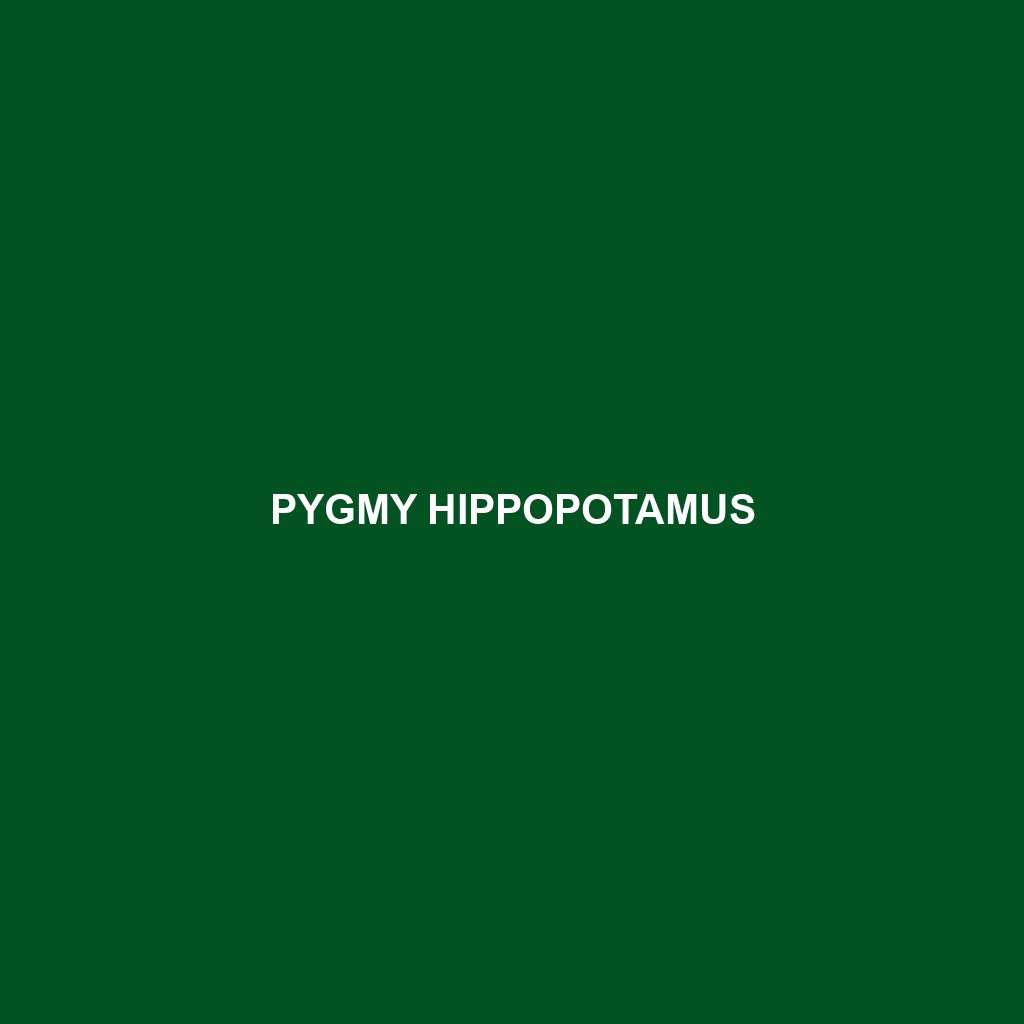Vicuña: A Majestic Andean Camelid
Common Name: Vicuña
Scientific Name: Vicugna vicugna
Habitat
The Vicuña is primarily found in the high-altitude regions of the Andes Mountains, spanning countries such as Peru, Bolivia, Ecuador, and northern Chile. These animals thrive in grasslands and scrublands, often at elevations ranging from 3,200 to 5,000 meters above sea level. Their habitat is characterized by a cold and dry climate, with sparse vegetation that influences their foraging patterns.
Physical Characteristics
Vicuñas are known for their elegant and slender build. Adults typically stand 81 to 99 cm at the shoulder and weigh between 50 to 65 kg. Their fur is soft and luxurious, varying in color from light brown to golden-yellow, which helps them blend into their environment. A distinctive trait of Vicuñas is their long neck and thin legs, making them well-adapted for navigating rugged terrains.
Behavior
Vicuñas are social animals that live in herds, which often consist of a dominant male, several females, and their young. They communicate with each other using a series of vocalizations that help maintain group cohesion. They are also known for their agility and speed, allowing them to escape potential predators efficiently. Another notable behavior is their unique method of feeding; they graze in a specific area and then rotate to allow vegetation to rejuvenate.
Diet
The diet of the Vicuña primarily consists of grasses, herbs, and other vegetation native to their high-altitude habitat. They exhibit selective feeding habits, preferring young, nutrient-rich plants. This herbivorous diet plays a crucial role in maintaining the ecosystem’s health by promoting the growth of native flora.
Reproduction
Vicuñas reach sexual maturity at around 2 to 3 years of age. The breeding season typically occurs between December and March. After a gestation period of approximately 11 months, females give birth to a single cria, usually in the late spring or early summer. These young Vicuñas are highly dependent on their mothers for the first few months but quickly begin to graze independently.
Conservation Status
The Vicuña is currently classified as Least Concern by the IUCN Red List, but populations are threatened by habitat loss and poaching for their valuable wool. Conservation efforts are in place to protect this species, emphasizing the need for sustainable management of their habitats.
Interesting Facts
- Vicuñas have the highest altitude grazing habitat among all camelids, thriving in harsh conditions.
- Their wool is considered one of the finest and most luxurious in the world, often fetching high prices in the textile market.
- Vicuñas are closely related to the domesticated alpaca and llama, sharing a common ancestor.
Role in Ecosystem
As herbivores, Vicuñas play a significant role in their ecosystem by influencing plant communities and promoting biodiversity. Their grazing behavior helps control plant growth, allowing other species to thrive. Additionally, they serve as prey for Andean condors and pumas, contributing to the trophic dynamics of their high-altitude habitat.
